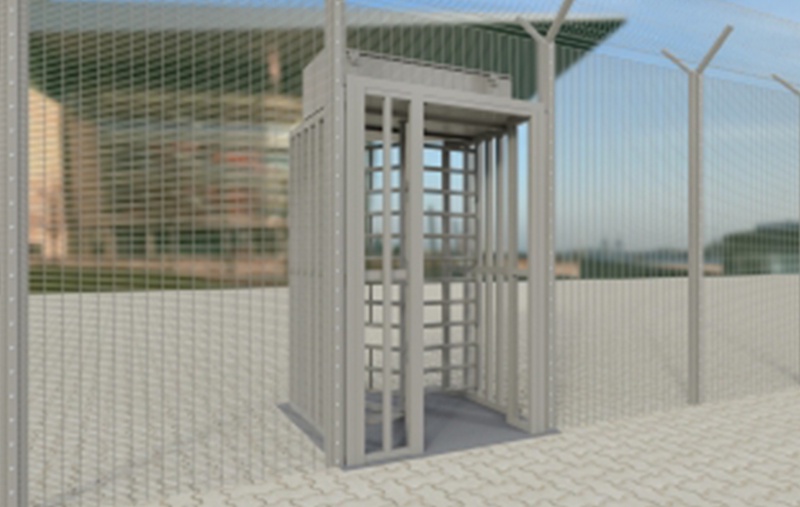In an era marked by increasing threats to critical infrastructure, the need for robust security systems cannot be overstated. Among the various standards that define the effectiveness of security solutions, LPS 1175 stands out as a benchmark for ensuring the resilience of these systems. This article explores the significance of LPS 1175 certified security systems, their relevance to critical infrastructure, and the importance of partnering with a reputable security system supplier.
Understanding LPS 1175 Certification
What is LPS 1175?
LPS 1175, developed by the Loss Prevention Certification Board (LPCB), is a widely recognized standard that evaluates the performance of security products and systems. The primary focus of LPS 1175 is to assess the resistance of these products against forced entry and unauthorized access. The certification process involves rigorous testing procedures, and products that meet the specified criteria receive a certified rating.
Testing Procedures and Levels
LPS 1175 testing involves subjecting security products, such as doors, windows, and fencing, to various levels of forced entry attempts. These attempts simulate real-world scenarios where intruders may try to breach security barriers. The products are then assigned a security rating based on their ability to withstand these attacks. The certification levels range from SR1 to SR8, with SR1 offering basic resistance and SR8 providing the highest level of protection.
Relevance to Critical Infrastructure
Securing Critical Infrastructure
Critical infrastructure, including power plants, communication networks, and transportation hubs, plays a vital role in the functioning of modern societies. Protecting these assets from potential threats, both physical and cyber, is paramount. LPS 1175 certified security systems offer a reliable means of fortifying critical infrastructure against unauthorized access, vandalism, and acts of terrorism.
Addressing Emerging Threats
As threats to critical infrastructure evolve, security solutions must adapt to new challenges. LPS 1175 certification ensures that security systems are tested against the latest methods employed by intruders. By staying ahead of emerging threats, these certified systems provide a proactive defense mechanism for critical infrastructure.
Customized Solutions for Various Sectors
Different sectors within critical infrastructure may have unique security requirements. LPS 1175 certified security systems offer a versatile solution by providing various levels of protection. For example, a power plant may require a higher security rating compared to a transportation hub. The adaptability of LPS 1175 certified systems makes them suitable for a wide range of applications within critical infrastructure.
Choosing the Right Security System Supplier
The Role of a Security System Supplier
Selecting the right security system supplier is crucial when implementing LPS 1175 certified security solutions. A reputable supplier not only provides certified products but also offers expertise in system design, installation, and maintenance. They act as partners in creating a comprehensive security strategy tailored to the specific needs of critical infrastructure.
Certification Compliance
A reliable security system supplier understands the importance of compliance with industry standards. They ensure that the products they offer are not only LPS 1175 certified but also adhere to other relevant regulations. This commitment to compliance is essential in guaranteeing the effectiveness and reliability of the security solutions provided.
Integration Capabilities
Critical infrastructure often requires a multi-layered security approach, incorporating various technologies such as access control systems, surveillance cameras, and turnstiles. A reputable security system supplier should have the expertise to integrate LPS 1175 certified products seamlessly into a comprehensive security system. This integration enhances the overall effectiveness of the security infrastructure.
The Role of Turnstiles in LPS 1175 Certified Systems
Enhancing Access Control
Turnstile plays a crucial role in access control within critical infrastructure. By integrating LPS 1175 certified turnstiles into the security system, organizations can regulate the flow of personnel and prevent unauthorized access. These turnstiles are designed to withstand forced entry attempts, providing an additional layer of protection.
Versatility and Customization
LPS 1175 certified turnstiles come in various designs and configurations, allowing organizations to choose the most suitable option for their specific needs. Whether it's a full-height turnstile for maximum security or a tripod turnstile for a less restrictive access control point, the versatility of LPS 1175 certified turnstiles ensures they can be customized for different applications within critical infrastructure.
Integration with Other Security Systems
To create a holistic security solution, it is essential that LPS 1175 certified turnstiles seamlessly integrate with other security systems, such as surveillance cameras and access control software. This integration enhances the overall effectiveness of the security infrastructure, providing a cohesive and responsive defense against potential threats.
Conclusion
The implementation of LPS 1175 certified security systems is a must-have for safeguarding critical infrastructure in today's dynamic threat landscape. The rigorous testing procedures and certification levels offered by LPS 1175 ensure that security products and systems meet the highest standards of resilience against forced entry. Choosing the right security system supplier is equally important, as they play a pivotal role in providing certified products, ensuring compliance, and integrating these solutions into a comprehensive security strategy. Additionally, the inclusion of LPS 1175 certified turnstiles further enhances access control and contributes to the overall robustness of the security infrastructure. By embracing LPS 1175 certified security systems, organizations can proactively protect their critical assets and contribute to the resilience of essential infrastructure in the face of evolving security challenges.


No comments yet